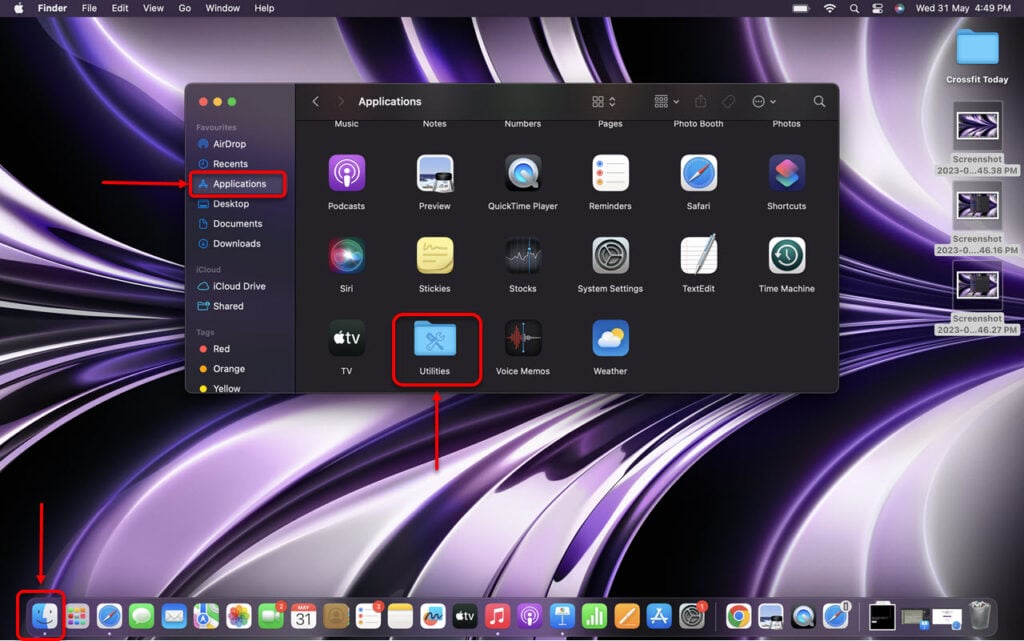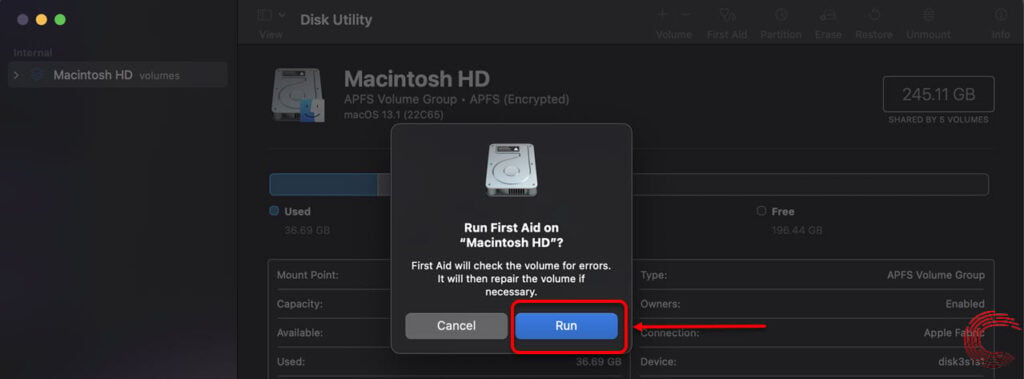Photo: Yasin Hasan / Shutterstock.com
FSEvents, an integral part of macOS, is crucial in tracking changes to the file system. However, users sometimes encounter high CPU usage issues attributed to FSEventsd, leading to performance concerns and frustration.
Here, we discuss Fseventsd, why it sometimes uses a high CPU, and how to troubleshoot the issue.
Below we have discussed:
Also read: What is Search-Alpha? How to remove it from Mac?
What is Fseventsd?
Fseventsd is a crucial background process on macOS that is responsible for monitoring file system changes. It acts as a central hub, notifying other applications whenever files or folders are created, modified, or deleted. This allows programs like Spotlight, Time Machine, and various third-party apps to stay updated on file system activity and perform their tasks efficiently.
Here’s a breakdown of its role:
- Monitoring: Fseventsd constantly watches the file system for changes, including file creation, deletion, renaming, and modifications.
- Notifications: When a change occurs, Fseventsd sends notifications to registered applications, informing them about the specific file system event.
- System Efficiency: This continuous monitoring ensures that other programs can react dynamically to file system changes, improving overall system responsiveness.
Why does Fseventsd sometimes use high CPU?
While essential, Fseventsd can occasionally consume high CPU resources. Here are some common reasons:
- Heavy Spotlight Indexing: When Spotlight performs a large-scale indexing of your drive, it generates many file system events, causing Fseventsd to work overtime to track and notify other applications.
- Frequent File System activity: If you’re actively creating, deleting, and modifying numerous files, Fseventsd will be constantly bombarded with notifications, leading to increased CPU usage.
- Time Machine backups: During Time Machine backups, Fseventsd must monitor changes to a large volume of files, potentially causing resource strain.
- External Storage issues: Improperly ejecting external drives can lead to corrupt temporary files named “Fseventsd-uuid”. These files can accumulate and confuse Fseventsd, leading to high CPU usage.
- Corrupted File System: A corrupted file system can make it difficult for Fseventsd to track changes efficiently, resulting in excessive CPU usage as it struggles to function.
Also read: How to get rid of the “Ask you” notification on Mac?
Troubleshooting high Fseventsd CPU usage
If you notice Fseventsd consuming excessive CPU, here are some steps to troubleshoot:
Restart your Mac
Restarting your Mac can resolve temporary system issues, including high CPU usage by Fseventsd. Restarting the device allows macOS to reset various system components, potentially alleviating any underlying issues contributing to excessive CPU consumption.
Limit File System activity
Users can reduce the workload on FSEventsd by minimising unnecessary file system activity. This includes avoiding excessive file creation, deletions, or modifications and organising files into fewer directories to streamline monitoring.
Update macOS and applications
Ensuring that macOS and installed applications are up-to-date can help address compatibility issues and potential bugs that may contribute to FSEventsd’s high CPU usage. Here’s how you can update macOS:
Step 1: Click on the Apple menu, then click on the System Settings option in the dropdown menu.

Step 2: In system settings, click on the General option in the sidebar and then click on the Software Update option on the right.

Step 3: If you have any available macOS updates, install them.

Also read: “Your iOS/iPhone is damaged” pop-up scam explained
Eject external drives properly
Improperly ejecting external drives can sometimes cause FSEventsd to consume high CPU resources as it tries to manage file system events related to the disconnected drive. Ensure that external drives are ejected properly using the macOS Eject feature before physically disconnecting them.
Repair File System
Use Disk Utility’s First Aid feature to scan and repair file system corruption. Here are the steps:
Step 1: Connect the drive to your Mac and open the Finder, then click on Applications and then click on Utilities.

Step 2. In utilities, double-click on Disk Utility.

Step 3: Select the drive from the left pane and click First Aid.

Step 4: Click on the Run button to repair the disk.

Manage Time Machine backups
Time Machine backups can generate significant file system activity, which may impact Fseventsd’s CPU usage. Users can optimise Time Machine settings to schedule backups during periods of low system usage or adjust backup frequency to reduce the workload on Fseventsd.
Fseventsd plays a vital role in macOS by providing real-time monitoring of file system changes. While it generally operates transparently in the background, high CPU usage may occur under certain conditions. Understanding the causes of high CPU usage and employing appropriate troubleshooting steps can help users optimise system performance and mitigate issues related to Fseventsd.
Also read: What is OperativeBitUnit? How to remove it?






